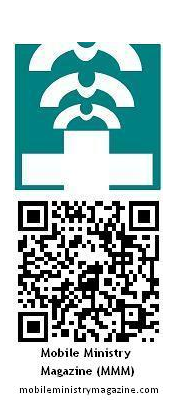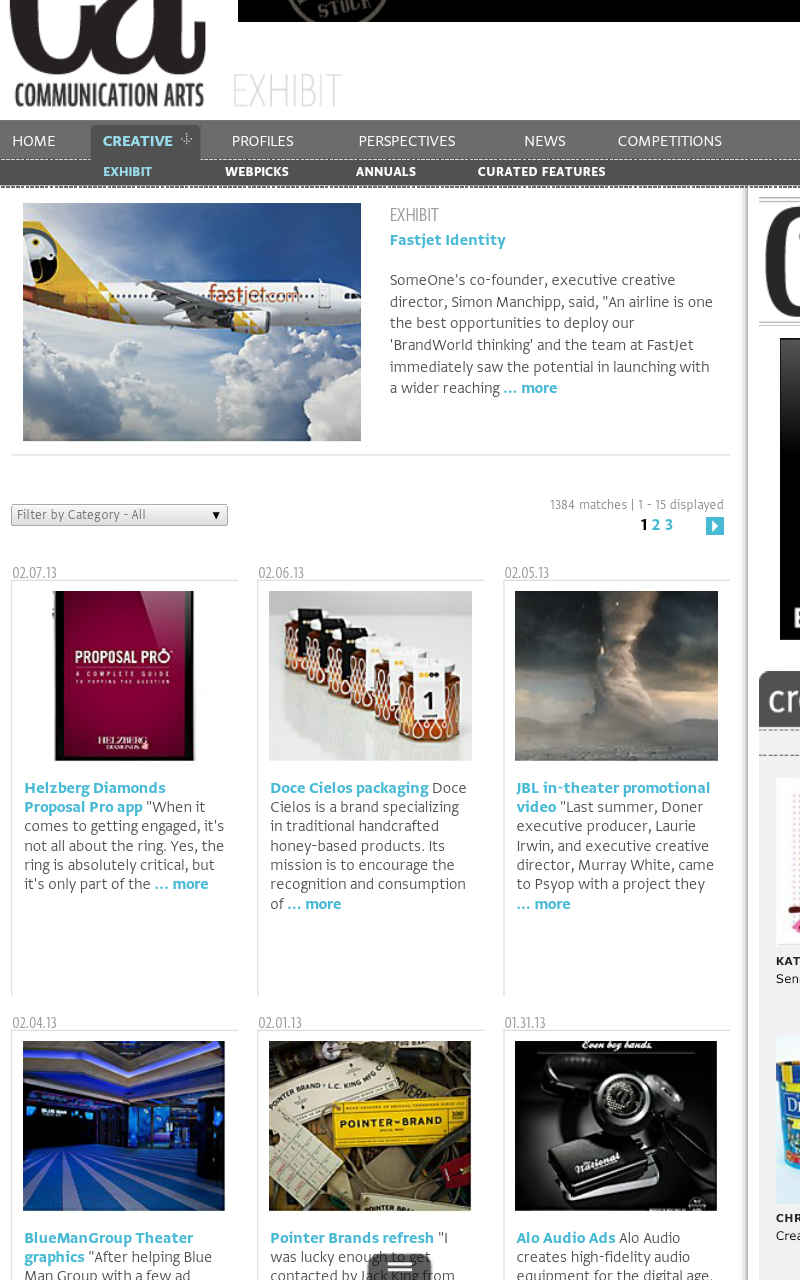
General mobile topics are not usually items MMM steers towards, especially since there are always several folks reporting on these and we value a bit of something that’s not always as-heard. Still, you get those moments when there are stories compelling enough that it makes sense to bring it up, and hopefully incite some fruitful conversations.
For example, Helen Keegan (LinkedIn, Twitter) is a well-known name in mobile circles – one for all of the gems she finds in terms of news, but also because of how much value she’s added to companies who want to have some sense of direction towards mobile activities. Over at her blog, she posted about 9 reasons why you might have a poor signal on your mobile device, and none of these are the ones you find in advertisements:
I’ve often wondered myself why my phone varies in performance. I get that different networks will have an impact, but I hadn’t really thought what the other issues might be. John explains it in his recent newsletter which I’ve copied below for you (with permission). I’m interested to know what you think. How much do these factors affect performance and are there other things that can affect it? I welcome your thoughts and comments.
“Various reports from around the world over the last three years note that have consumers increasingly experience poor coverage with their smartphones. The challenge for mobile operators is that the perceived coverage rarely reflects the quality of the network that the operators build and run, but rather the quality of the smartphones that people use. As a new ground-breaking study shows, the quality of the smartphone combined with how it is used and configured is more to blame that the mobile network.
Of course, that tends to lead us down the path that much of the conversation in the USA has been taking when it comes to mobile. Frankly, people are cutting costs, and mobile contracts are catching part of that wave. Over at the NY Times, an Alina Tugend talks about some of the decisions that people have to make concerning going to mobiles w/o contracts, and some of the false perceptions that having such mobiles brings out:
No-contract phones — or prepaid, which is essentially the same thing — have been around for quite some time, but most consumers thought they were “for people who couldn’t afford a better phone or couldn’t pass a credit check,” said Jayne Wallace, a spokeswoman for the Sprint Prepaid Group, which was formed in 2010. Sprint owns Virgin Mobile and Boost Mobile, both of which offer no-contract phones.
The Great Recession shook things up, though, as people started looking at where they could cut back on monthly bills — and began to investigate new cellphone options. At the same time, good phones were getting cheaper.
Its not simply a matter of just having a mobile, but its about knowing the kind of environment that you have around that mobile, and then what’s conductive to keep or lose inside of that. Part of that indeed has to do with where you live, and the mobile device. Another part has to do with what’s in your wallet to keep things going. As stories go, mobiles continue to shape the ones we make. Stories like these two are part of the mosaic, even if they don’t expressly state an intersection of faith that we are used to looking for.






